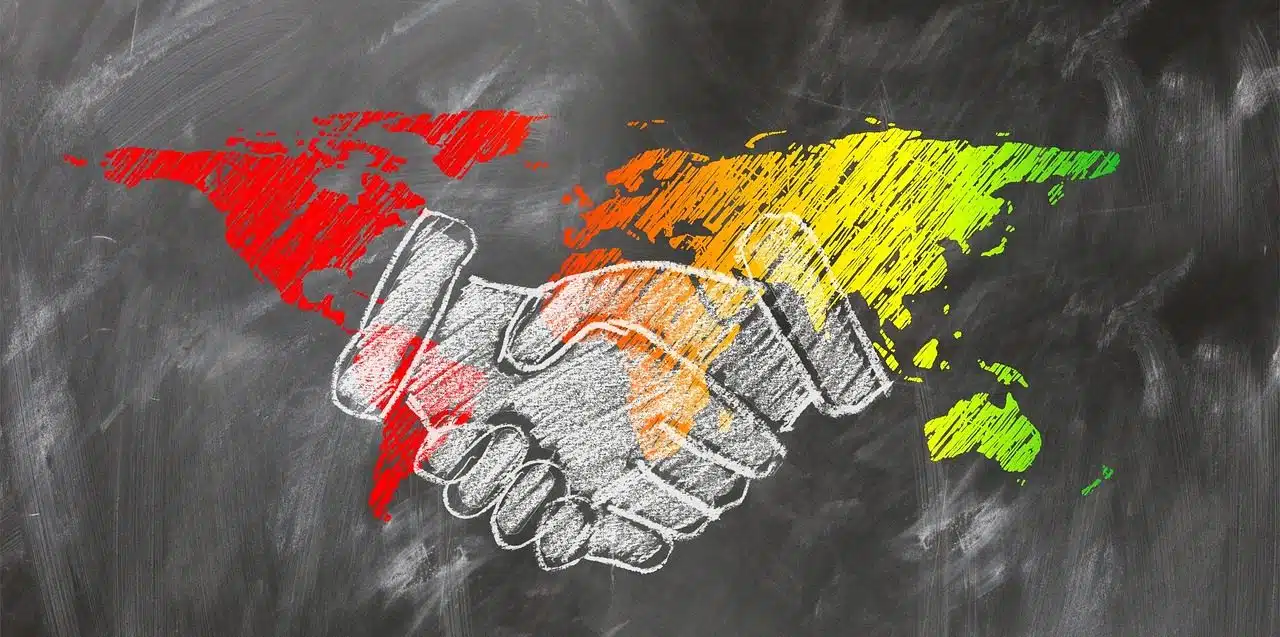
The culture of peace promotes fraternity.
The culture of peace is the set of behaviors, attitudes and values that promote coexistence in harmony and without violence . It is a vision that supports dialogue to resolve conflicts.
It should be noted that the idea of culture can be associated with a way of life. Peace , meanwhile, is related to harmony, understanding and the absence of violent confrontations.
Encouraging the culture of peace, therefore, is essential to discourage attacks, aggression and even armed conflicts. That is why it is promoted by the United Nations Organization ( UN ).
Characteristics of the culture of peace
The culture of peace is a view of reality or a way of living that is based on non-violence . It promotes tolerance , solidarity , empathy and compassion both at the individual and community levels.
Its principles appear in the Charter of the United Nations . After two world wars, the UN was born in 1945 with the aim of contributing to lasting peace and with States that resolve their conflicts through diplomacy , negotiation and conciliation .
The culture of peace can be understood, in this way, as a system of beliefs, skills and ways of acting that show respect for people, animals and the environment . Guaranteeing human rights, promoting social justice and defending democracy are among its objectives.
It must be considered that the construction of a culture of peace requires the commitment of the entire society. Otherwise, its effects will be limited or null. It must be understood as a process where conflicts are not rejected or denied, but are positioned as a source of learning for social transformation .

Emotional intelligence and assertiveness are important in the culture of peace.
How it is promoted
Peace education is key to the development of this type of culture. These principles must be instilled in schools so that the search for consensus and the peaceful resolution of confrontations are present from childhood.
However, there are multiple variables that affect the culture of peace and that go beyond behaviors and attitudes. The fight against poverty, social inclusion, sustainable development and gender equality, for example, must be part of the government's goals since they are essential for peace. In other words: social and economic inequalities threaten harmonious coexistence . Citizen participation and freedom of expression are also necessary for the culture of peace.
It cannot fail to be mentioned that the concept of peace can be analyzed in various ways. We usually talk about a negative peace (the absence of war or direct violence) and a positive peace (through justice, equality, etc.). The culture of peace implies the promotion of a positive peace where common interests are promoted and where there is a commitment to respect for all people and social groups. This means that peace is not taken as the lack of conflict, but as the existence of justice and equality, since conflicts cannot be avoided in social relations but they can be resolved without leading to a violent outbreak.

The culture of peace requires committed global citizenship and global ethics.
Examples of culture of peace
Let's take the case of a school where work is being done to educate in values and build a culture of peace. In each course, two delegates are elected, who represent their classmates and must carry out arbitration tasks in the event of conflicts that affect school coexistence . At the institution, in turn, meditation days are carried out to reduce stress and increase emotional well-being and volunteering tasks are promoted so that students commit to their community.
Let's now think about a province where different ethnicities coexist. The authorities, guided by the culture of peace, promote intercultural dialogue . In fact, they consider that this cultural diversity is a heritage of the region and they strive to make it known. Within this framework, they organize exchange activities and disseminate local practices and customs.
Another example of a culture of peace is found in a municipality or town hall that develops a disarmament campaign . The proposal invites citizens to voluntarily surrender their weapons.
A country, in turn, can choose to demilitarize . Thus he dissolves the armed forces and establishes non-aggression pacts with other nations.
Interfaith dialogue initiatives, human rights training and peaceful activism are other examples of a culture of peace. Organizations such as the International Red Cross , Doctors Without Borders and Amnesty International can even be named as examples of entities whose actions are framed in this valuable vision.
